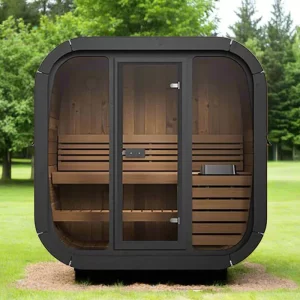
Polyurethane foam is one of the most eclectic products in nature. It is used in many areas, from construction. Regardless of the variants, which are also numerous, it has positive characteristics such as insulating capacity and resistance. Here is everything you need to know about polyurethane foam.
Polyurethane foam: what it is
Polyurethane foam is polyurethane in the form of foam, in the vast majority of cases inserted in a pressure cylinder and enriched with special expanding substances.
Polyurethane foam is generally used to close large holes, fill cavities and tie components of different materials together. The biggest advantage of this type of product is the ability to make a grip in a very short time. In fact, within a couple of hours, the polyurethane foam expands and solidifies.
The last decades have seen a growing diffusion of polyurethane foam and the debut in the market of numerous variants. All, however, have some specific characteristics. With the Spray Foam Insulation Services this is the best deal.

Polyurethane foam: features
Thermal insulation capacity
Thanks to the particular characteristics of polyurethane, foams made from this material can be considered as one of the best insulators in circulation.
Resistance to compression
Already after a few minutes of laying, the polyurethane has excellent resistance to compression. In fact, a polyurethane surface can withstand more than 25 tons per square meter. This makes it the ideal material for blocking components with a high specific weight (eg cements and bricks).
Waterproofness
Polyurethane, by virtue of its closed cell structure, despite being characterized by a certain water vapor permeability, is totally impermeable to liquid water. Therefore, it is also used in outdoor areas and subject to weathering
Adhesiveness
Polyurethane is the basic ingredient of many adhesives, so even foams can boast this important quality.
Impregnability
The polyurethane foam cannot be attacked by molds, microorganisms and resists excellently in the presence of hydrocarbons possibly present in the air.
Polyurethane foam: the types
There are various types of polyurethane foams, each of which stands out for the polyurethane variant of which it is composed.
- Foam with flexible polyurethane foam.
- Used to make mattresses and padding, especially for furniture items for cars.
- It is characterized by its softness, maintained even after solidification.
Foam with rigid polyurethane foam
It is the most used type. After solidification, it becomes medium hard. It is used in the construction of insulating panels, to insulate both small and large appliances.
Foam with integral polyurethane
It is characterized by excellent strength and hardness. It is used to make components of a certain structural importance.
Foam with elastomer polyurethane
It is used to produce elements that are at the same time resistant and elastic, therefore for soft parts of toys, for clothing accessories, for medical items.
Polyurethane foam: when used
As we saw in the previous paragraph, polyurethane foam is a rather eclectic material. To summarize, here are the most frequent uses.
For example, in the closure of holes or cavities, or to block components that are mutually separate.
- Creation of soft elements, such as padding and mattresses.
- Creation of structural parts, such as steering wheels, helmets, dashboards etc.
- Creation of resistant and elastic elements. Ex: bumber for mobile phones, medical equipment, toy parts.








